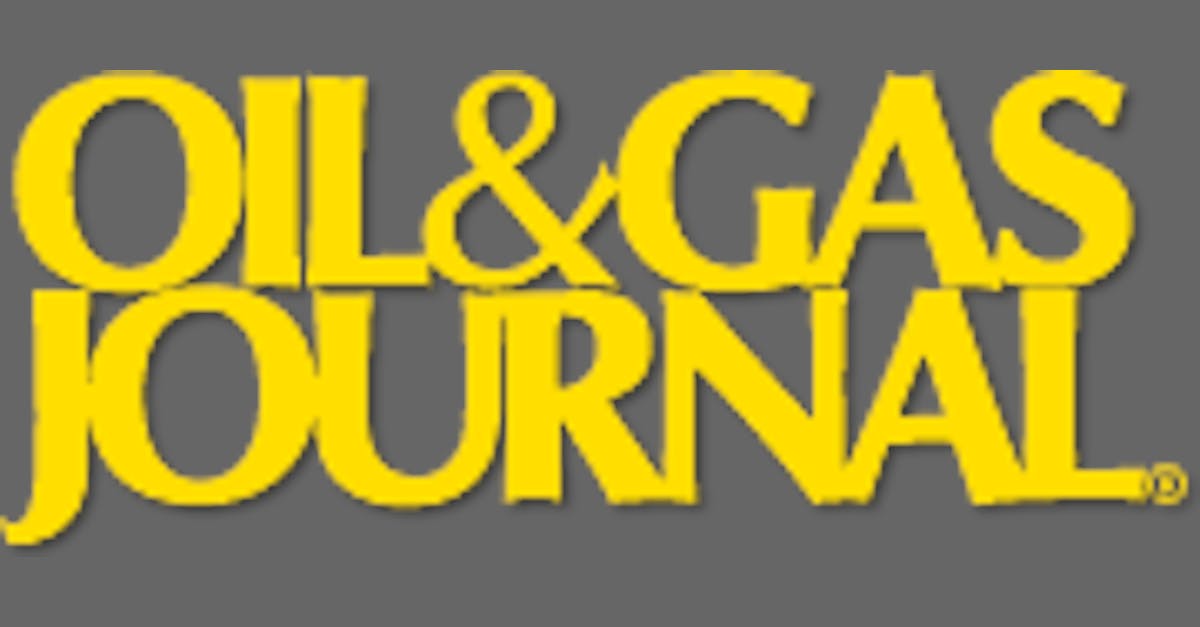The political season in the U.S. is in full swing. At the time of this writing, there are 98 days until the next presidential election. As part of this quadrennial dance, both anti-regulators and climate fanatics are in full swing, with the oil and gas industry at the center of their attention.
Without regulation, despite assurances to the contrary, U.S. operators might still not take advantage of every opportunity available to them – just look at the current number of unused leases – but the freedom to do so would allow them to pursue the best options as efficiently as possible.
At the same time, it’s hard to argue that the industry is being punished in some way by the current administration when it reaches or is close to record levels in production, profits and stock prices. And if it’s already running at full speed and you can help protect a pond or two by not completely removing regulation, all the better.
In January 2017, the US produced 8.9 million barrels of crude oil per day. Despite the pandemic, this rose to 11.2 million barrels per day by December 2020, a 26% increase. There was a further 19% increase in production by December 2023, bringing production to a record 13.26 million barrels per day, a level the US had just fallen short of in the most recent statistics (April 2024).
Revenues of U.S. oil companies rose in 2017-18 but were already declining before COVID-19. Revenues then surged in 2021 and 2022, reaching record levels. According to S&P Global, the top five U.S. oil and gas companies generated more than $250 billion in net income between 2021 and 2023, well above the earnings of the same companies in 2017-19.
Oil prices have also fluctuated. Spot prices for West Texas Intermediate (WTI) began 2017 at $52.36/barrel and ended 2020 at $48.35/barrel. WTI has generally been between $80 and $85/barrel in July 2024.
Higher prices and record production have resulted in strong free cash flow. Rystad Energy estimates that oil and gas wells in the Lower 48 have generated over $485 billion in free cash flow since 2021, compared to a $140 billion deficit over the past decade.
Slower trickle-down
The price of crude oil is, of course, a double-edged sword. Low oil prices lead to low gasoline prices, which are easy to sell during election campaigns. But high prices are a component of healthy business results and make the tax-paying class happy.
A constant balance must be found. If there is overproduction, prices fall and possibly profits and stock values. At the same time, however, lower prices for fossil fuels make it more difficult for alternative energy sources to rise. A blessing for some, a disaster for others.
And the improved financial health of operators has not necessarily trickled down to service providers. Efficiency is good for their own bottom line, but it often means lower demand for others, from food service to garbage collection to the rigs themselves.
During the week ending July 26, 2024, a total of 304 rigs were in operation in the Permian Basin, compared to 334 a year ago, 443 five years ago and 555 on July 25, 2014. Yet production is near an all-time high.
Another difficulty facing the industry, which despite the current prosperity is only exacerbated by the impact of mergers and acquisitions, is the speed at which the industry markets its services. The industry is consolidating at a breakneck pace, resulting in the pool of potential customers for one’s services seemingly shrinking ever smaller.
Only the most partisan of writers will fail to notice that the industry has flourished under the last two governments. Whether it has fared better under one or the other depends largely on what standards one applies and from what perspective.
We can delve deeper into this issue as Election Day approaches.

